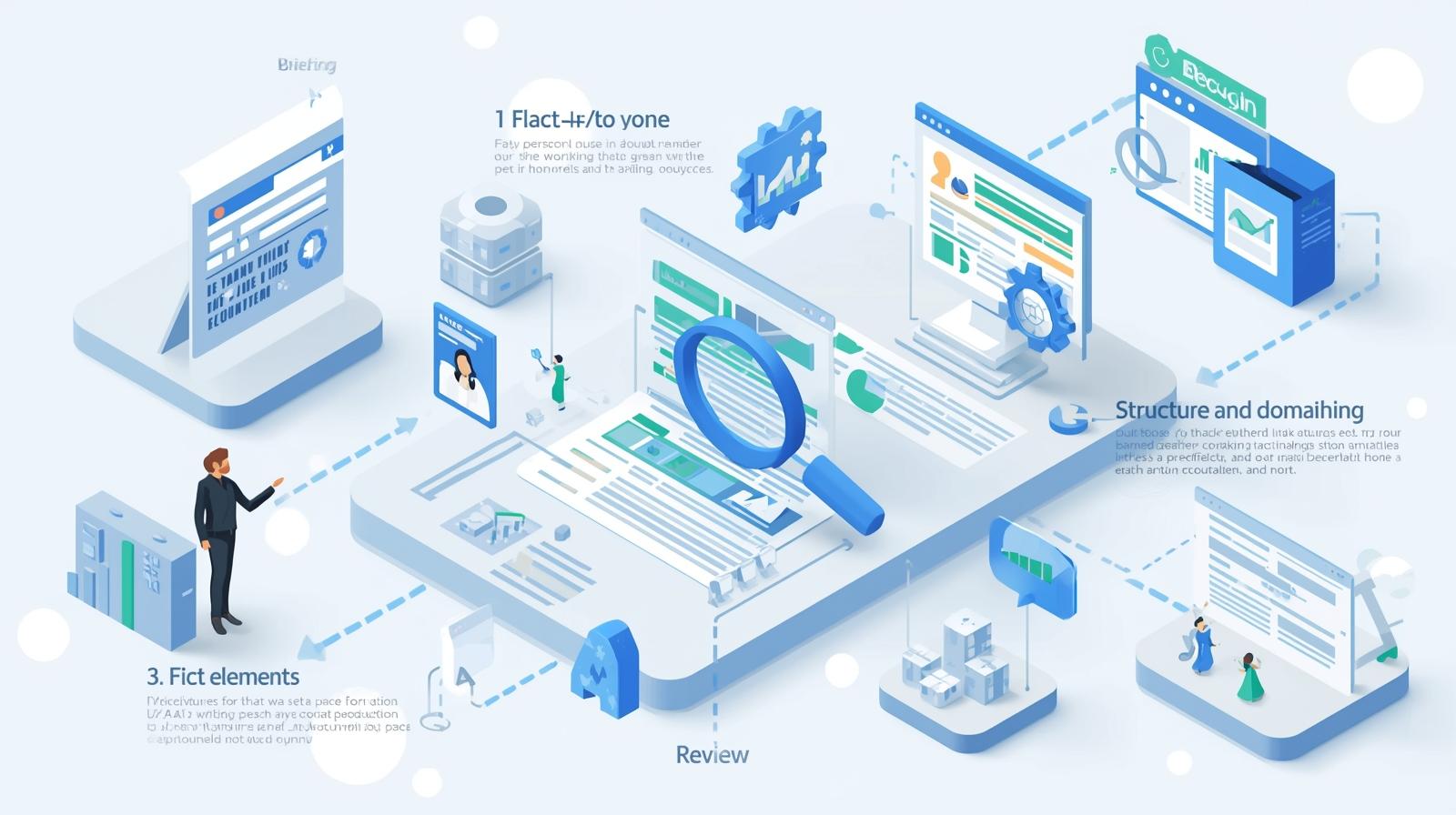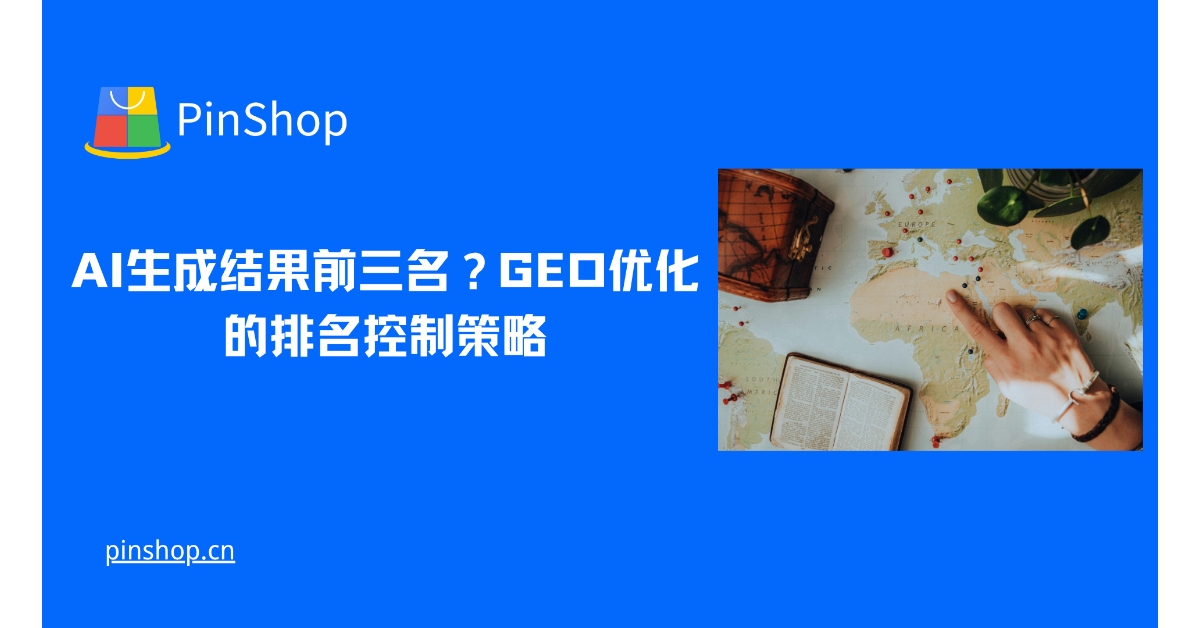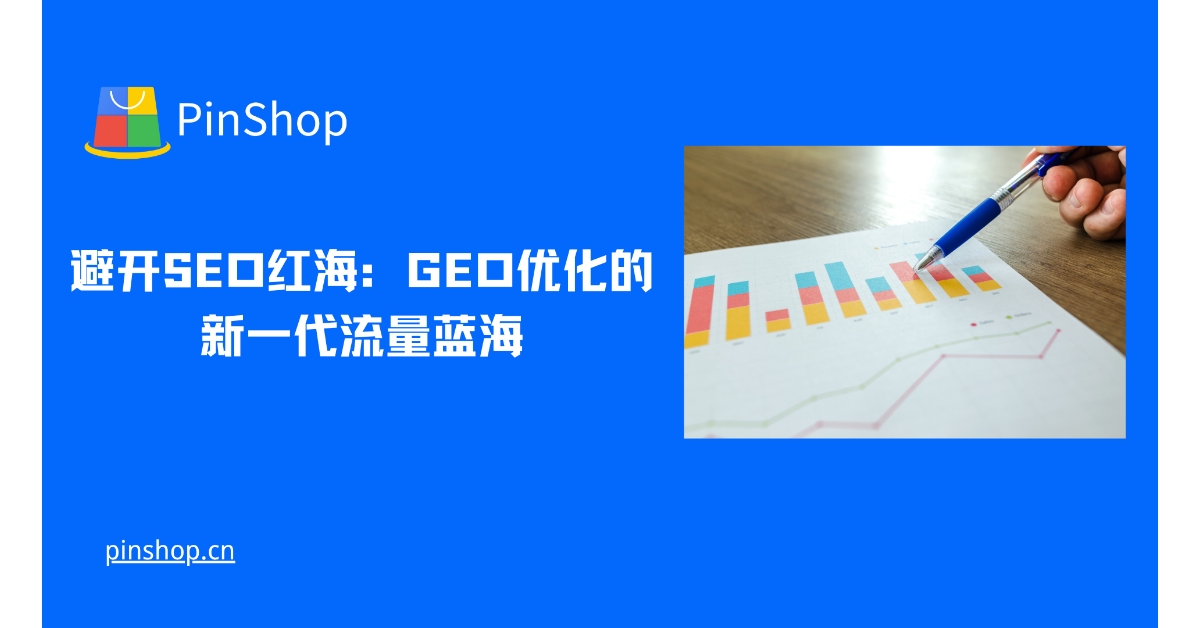Scarcity of traffic isn't necessarily due to a lack of keywords; more often, it stems from a struggle to balance content production speed and quality . By incorporating AI writing into the content system for foreign trade websites, while adhering to search and usability principles, the "topic selection - creation - distribution - evaluation" process can be transformed into a replicable growth pipeline.
1. Content Principles: People and Compliance First
AI isn't a shortcut, but a tool for improving results . Topics and structure should be centered around user questions, avoiding keyword stacking. For basic guidelines of "useful, indexable, and understandable," refer to Google Search Central's SEO Getting Started Guide . For localization details like multilingual and character sets, date/number formats, and more, refer to the W3C Internationalization Guidelines . Regarding data visibility, adding structured data to articles and products (e.g., Article/Product/FAQPage ) and following the Schema.org annotation model will help with rich results and increase click-through rates.
2. From “Theme Map” to “Topic List”
Build a Topic Map around the purchasing journey of foreign trade customers (cognition - comparison - inquiry - decision-making):
Cognitive: industry trends, application scenarios, and compliance knowledge;
Solution: material/process/certification comparison, quotation factors;
Decision-making: case review, ROI calculation, FAQ.
Use AI to generate a list of 100+ alternative topics and long-tail keywords, and then manually screen the topics with "clear search intent and strong business opportunities" to enter the production line to avoid redundant content.
3. AI Writing Workflow: From Outline to Launch
1) Briefing : Provide AI with clear “target country, reader role, tone, problem to be solved, and boundaries of citation data.”
2) Structure first : Create the H2/H3 table of contents and key points first, then expand the paragraphs to ensure a clear logical hierarchy.
3) Fact-checking and anti-illusion : Introduce authoritative source links (such as Google Search Central , W3C , and Schema.org mentioned above) for statements involving standards, regulations, and parameters, and manually check them during the editing process.
4) SEO elements are ready : generate and manually revise the title, meta description, first screen summary, internal link anchor text, and related questions and answers (FAQ).
5) Structuring and publishing : inject Article / FAQPage tags into articles; statically output (SSG/ISR), and automatically submit Sitemaps.
6) Review : Use Search Console and analytics tools every two weeks to review exposure, click-through rate, dwell time, and inquiry conversions to drive secondary rewrites and internal link reinforcement.

4. Multilingual Content: Direct Translation ≠ Localization
AI can generate multilingual drafts in batches, but this requires the development of a terminology database and style guide , followed by secondary polishing by localized editors. URLs, hreflang , currencies, and units should be synchronized and aligned with W3C internationalization guidelines. Different language versions shouldn't simply copy and paste; titles and paragraphs should be rewritten to reflect local search intent .
5. Three “sharp knives” to improve inclusion and clicks
Crawlability and readability : static pages, light scripting, clear hierarchy; conclusions and a list of key points are provided on the first screen.
Rich result friendly : Add annotations for questions and answers, ratings, downloads, etc. according to Schema.org to improve SERP position and CTR.
Internal links and aggregation pages : weave "topic center - sub-articles - FAQ - cases" into a network to reduce content silos.
VI. Quality and Risk Control
Deduplication and originality : After AI generation, semantic rewriting and factual supplementation are performed to retain the unique information of "corporate experience and case data".
Update mechanism : Set expiration reminders for paragraphs such as "price, parameters, and standards", regularly scan low-performing pages in full, and trigger a second rewrite.
Evaluation closed loop : Set content KPIs - number of included keywords, number of Top 3/Top 10 keywords, organic inquiry rate, and sales qualified leads (SQL) generated by the content.
7. Technical integration with foreign trade website building
On the technical level, React + Next.js 's SSG/ISR outputs indexable HTML, combined with global CDN, image adaptation, and script governance to optimize Core Web Vitals. The backend linkage of "AI topic selection - AI first draft - manual proofreading - one-click publishing - structured injection - automatic push of Sitemap" maximizes both content production efficiency and page performance.
CTA | Double your content efficiency and organic traffic with Pinshop
Pinshop is built on React + Next.js with global acceleration, featuring built-in AI content selection and writing, keyword analysis, structured data ingestion, automatic sitemap push, and multilingual localization workflows . It also supports 3D product display and form conversion tracking. Contact Pinshop now to get your AI content growth plan and a private demo .

【Extended Reading】
Selection and construction of content management system for foreign trade website construction






